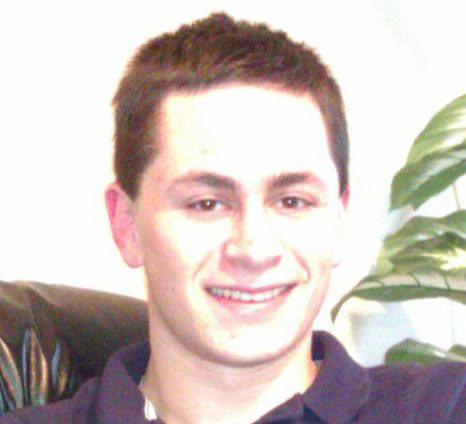PFLUGERVILLE, Texas, (Reuters) – The Texas man who carried out a three-week bombing spree made a 25-minute video “confession” on his phone, which was recovered after he blew himself up yesterday as police were closing in to make an arrest, police said.
Officials identified the bomber as Mark Conditt, 23, an unemployed man from the Austin suburb of Pflugerville, who had been charged on Tuesday night with unlawful possession and transfer of a destructive device.
“He does not at all mention anything about terrorism, nor does he mention anything about hate, but instead it is the outcry of a very challenged young man, talking about challenges in his personal life,” Austin Police Chief Brian Manley told reporters.
Experts also removed explosive device components on Wednesday from Conditt’s home.
Hours earlier, police had tracked Conditt to a hotel about 20 miles (32 km) north of Austin. They were following his vehicle when he pulled to the side of the road and detonated a device, killing himself, Manley told reporters near the scene.
Police cautioned that he may have planted or mailed other bombs, asking the public to remain vigilant, but his death came as a relief to Austin, a fast-growing city of 1 million people. In addition to killing two people in the area, the bombings that had begun on March 2 injured at least five others.
Experts from the U.S. Federal Bureau of Investigation (FBI) and the Bureau of Alcohol, Tobacco, Firearms and Explosives (ATF) discovered bomb parts similar to those used in the attacks at Conditt’s home.
“I wouldn’t call it a bomb-making factory, but there’s definitely components consistent with what we’ve seen in all these other devices,” Fred Milanowski, special agent in charge of the ATF’s Houston field division, told reporters.
Investigators detained two of Conditt’s roommates who lived at the home, the Austin Police Department said. One was questioned and released and the other was still being questioned. Police said their names would not be released because they were not under arrest.
During his three-week campaign, the bomber left three parcels on doorsteps, activated another by trip wire, and sent at least two via FedEx, one of which blew up on a conveyer belt in a sorting facility on Tuesday. The other was recovered before it exploded.
FedEx said it had supplied investigators with “extensive evidence,” though officials have yet to publicly detail how or when they identified Conditt as the suspect. The criminal charge and arrest warrant were filed on Tuesday night.

